Data First Culture
Post-Digital Transformation and Intellectual Debt
Advanced Leadership Programme, Judge Business School, Cambridge
- I am a data science:
- follower (no visibility/influence)
- some visibilty/influence
- visibility and some influence
- leader (lead on data and AI developments)
“ ‘When someone seeks,’ said Siddhartha, ‘then it easily happens that his eyes see only the thing that he seeks, and he is able to find nothing, to take in nothing. […] Seeking means: having a goal. But finding means: being free, being open, having no goal.’ ”
Hermann Hesse
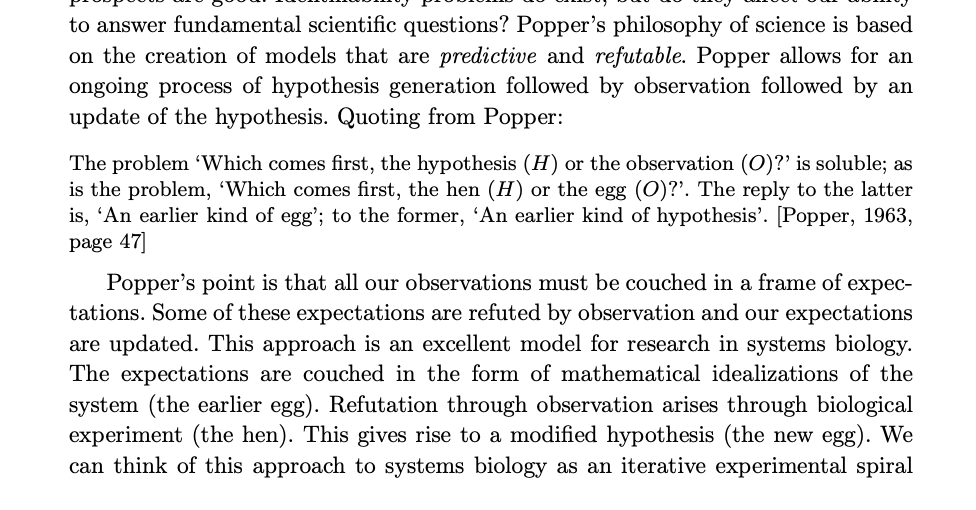
The Art of Statistics

Intellectual Debt
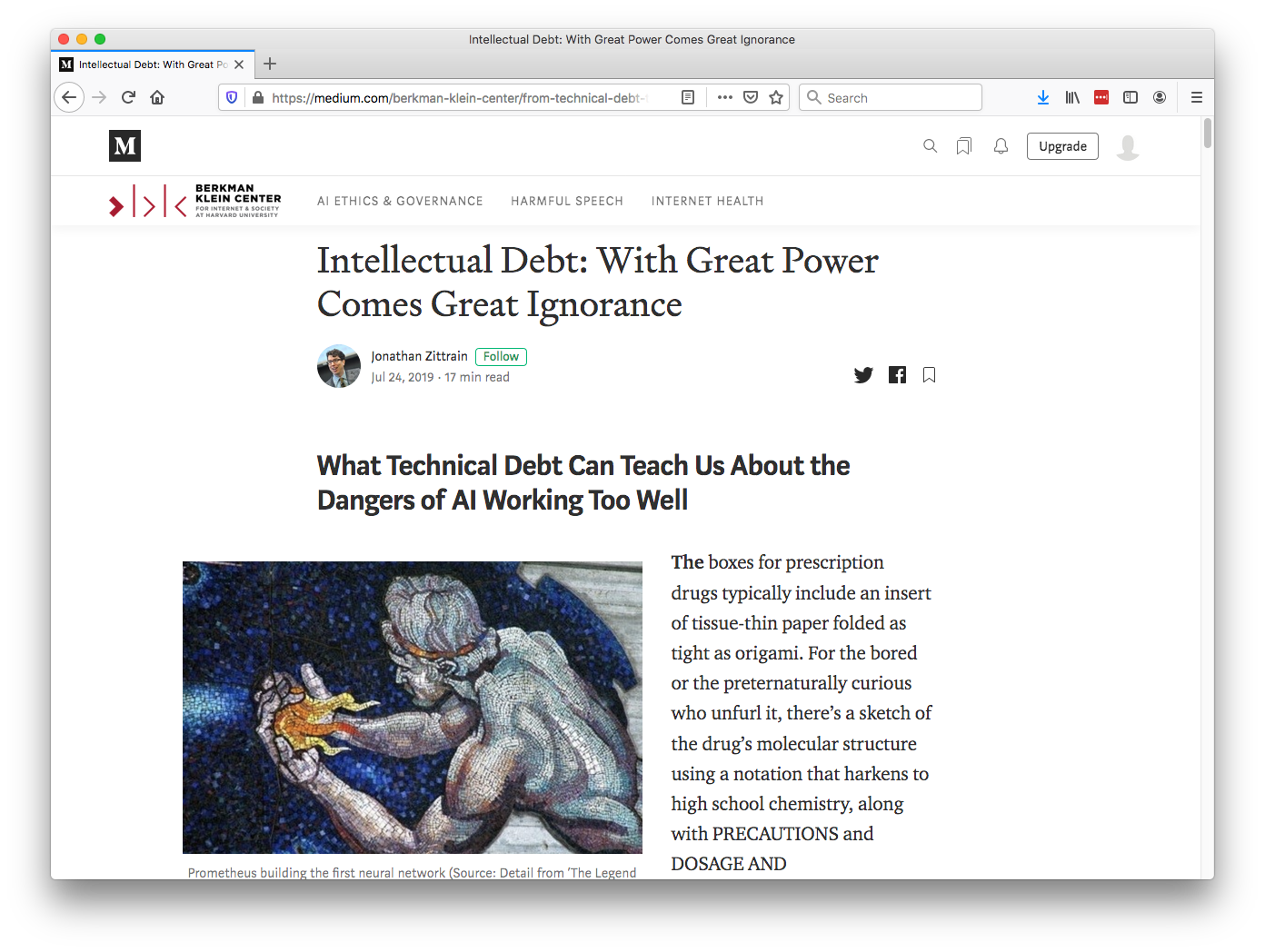
–>

| bits/min | billions | 2,000 |
|
billion calculations/s |
~100 | a billion |
| embodiment | 20 minutes | 5 billion years |

Evolved Relationship with Information

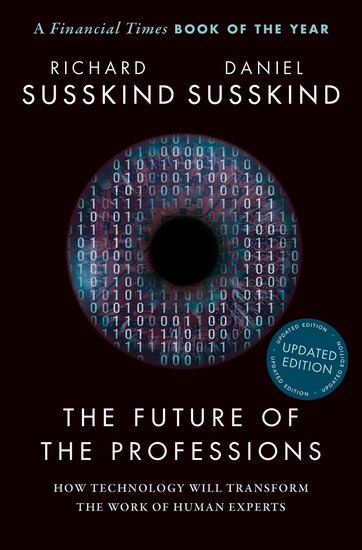
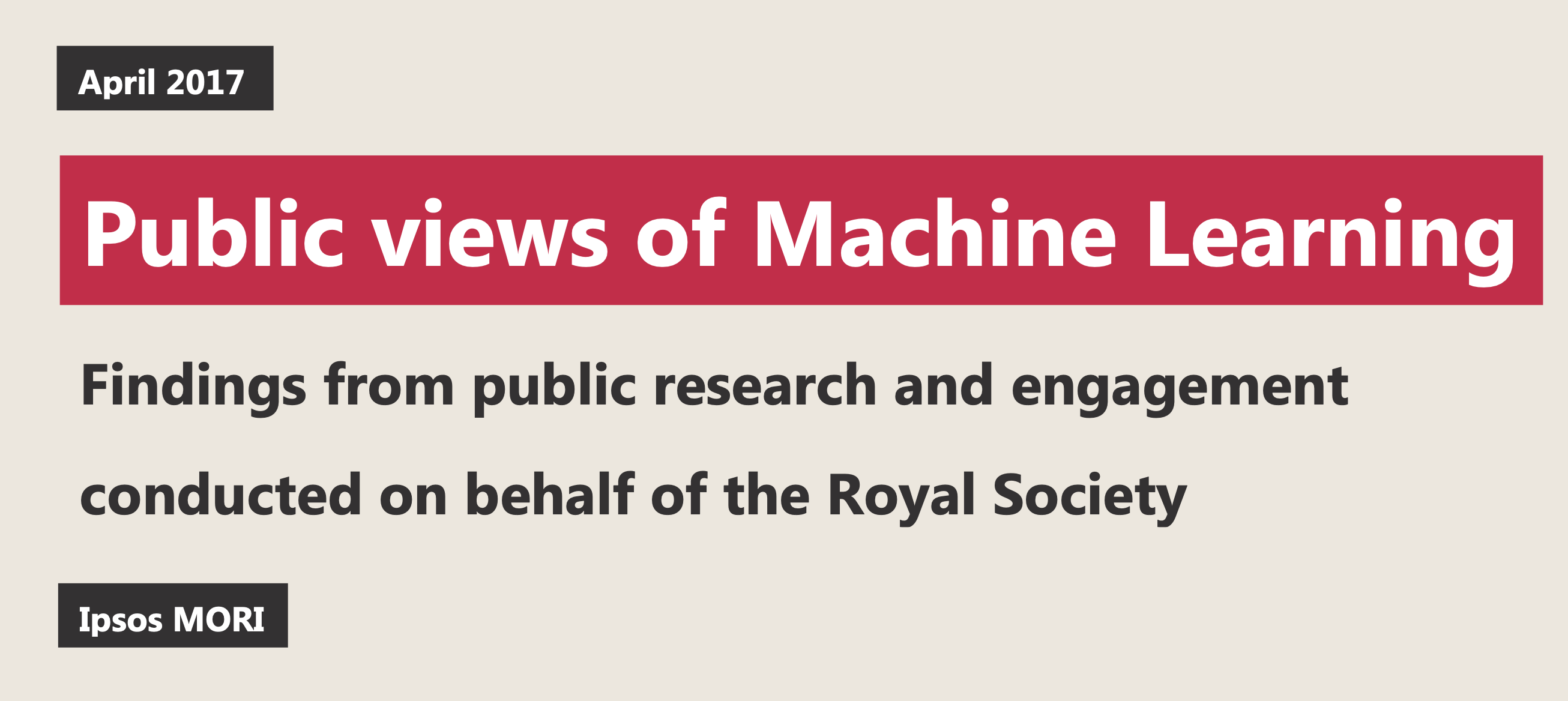
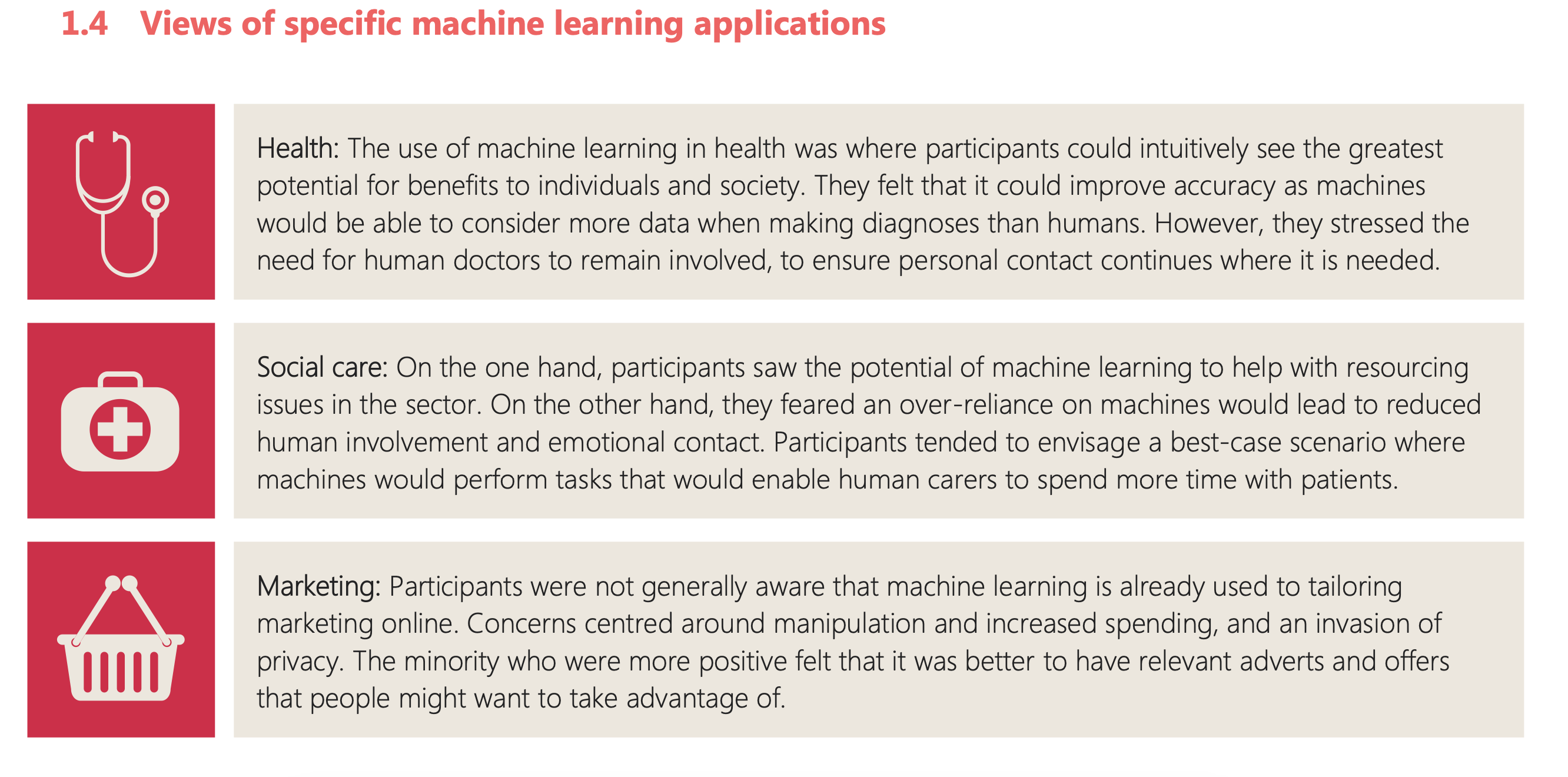
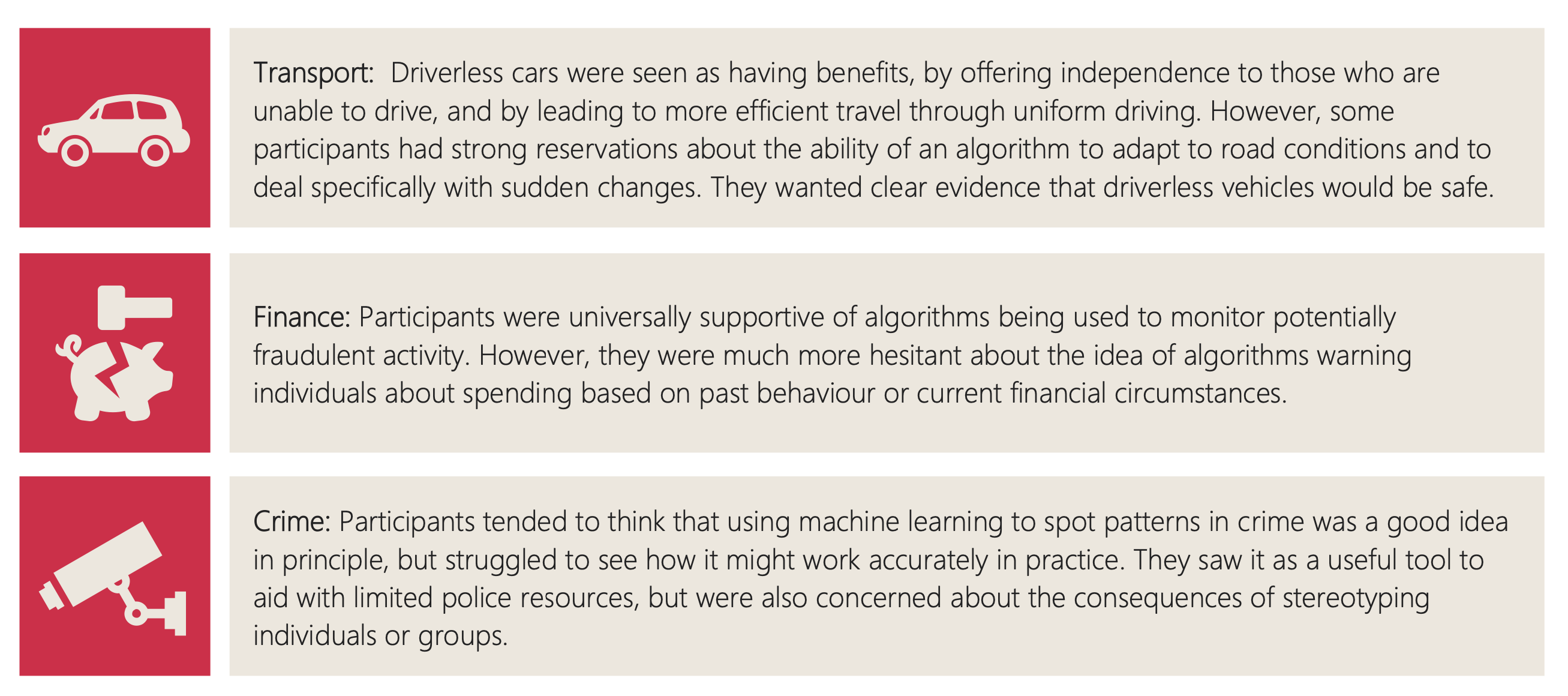

There is a lot of evidence that probabilities aren’t interpretable.
See e.g. Thompson (1989)
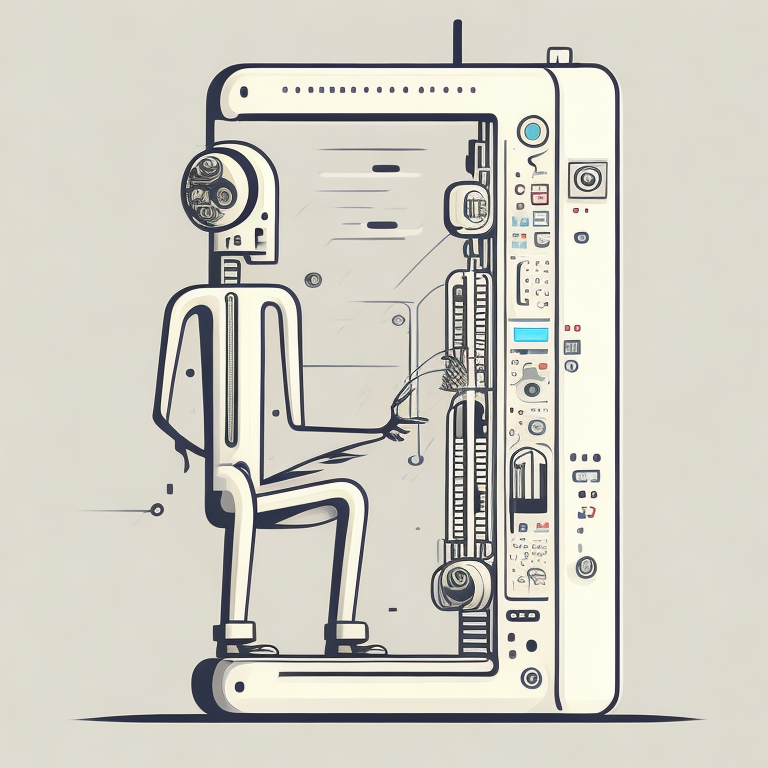
A human-analogue machine is a machine that has created a feature space that is analagous to the “feature space” our brain uses to reason.
The latest generation of LLMs are exhibiting this charateristic, giving them ability to converse.
Chapter 1 of Lawrence (2024)
Chapter 11 of Lawrence (2024)
Chapter 8 of Lawrence (2024)
- Perils of this include counterfeit people.
- Daniel Dennett has described the challenges these bring in an article in The Atlantic.
But if correctly done, the machine can be appropriately “psychologically represented”
This might allow us to deal with the challenge of intellectual debt where we create machines we cannot explain.
LLMs are already being used for robot planning Huang et al. (2023)
Ambiguities are reduced when the machine has had large scale access to human cultural understanding.

Progress so far:
- Developing the vision
- Engaged over 100 members of the University community across 30 departments/institutes, start-ups, and large businesses.
- Supported 6 new funding bids

twitter: @lawrennd
podcast: The Talking Machines
newspaper: Guardian Profile Page
blog posts: